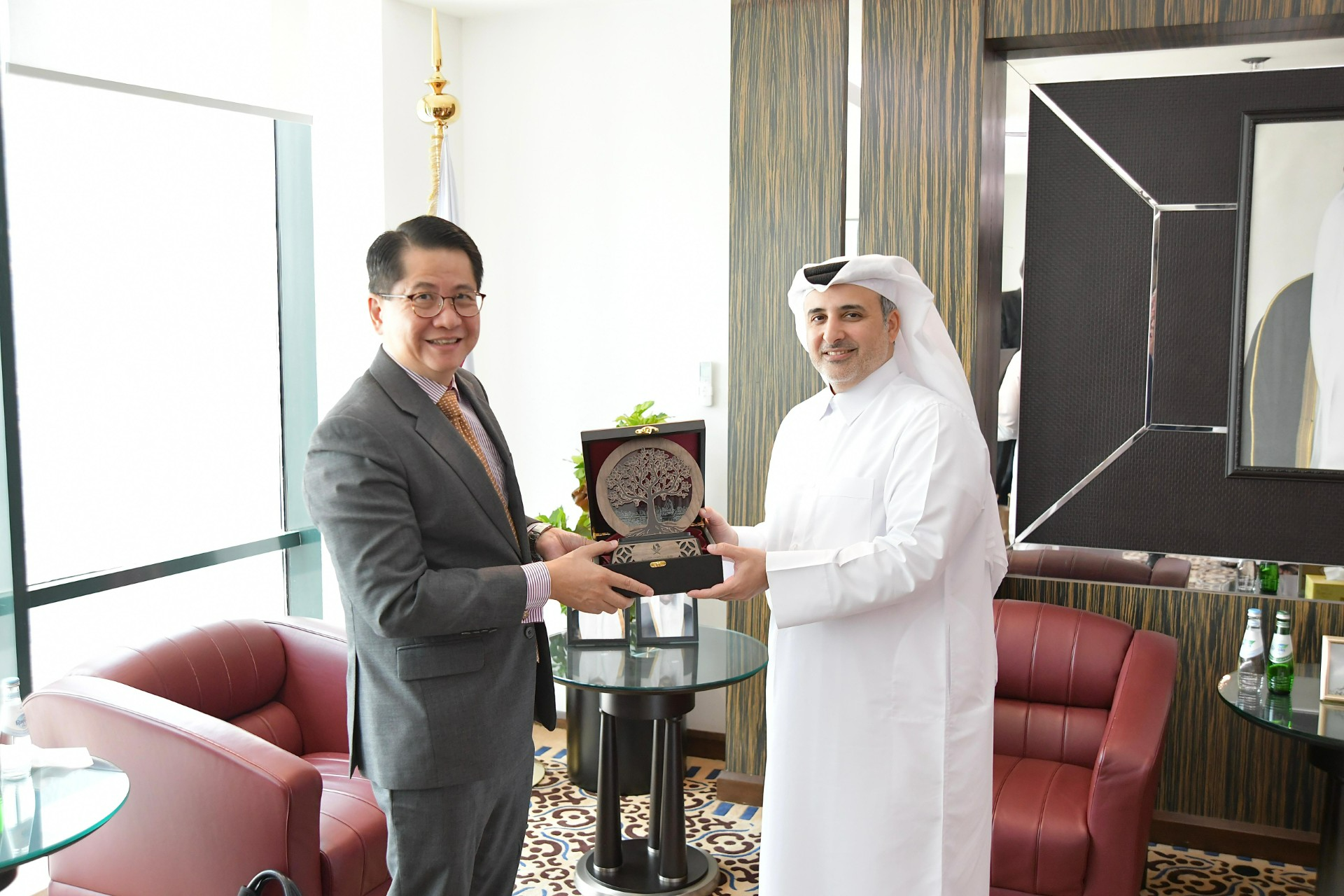
The Ministry of Environment and Climate Change organizes the first forum for the discussion of hazardous materials, with the participation of representatives from 45 customs clearance companies
This morning, the Ministry of Environment and Climate Change, represented by the Hazardous Chemicals and Waste Department, organized the first awareness forum for the handling of hazardous materials. The event was attended by representatives from 45 customs clearance companies, with the aim of raising awareness about proper methods of dealing with hazardous materials.
The aim of the forum is to introduce the state’s legislation regarding the handling of such materials and to establish direct channels of communication with the operating companies. This contributes to understanding the needs and opinions of these entities regarding work mechanisms and procedures for dealing with chemical substances, which in turn contributes to the development of the ministry’s system.
The forum witnessed the organization of two workshops to explain everything related to the import of hazardous materials and methods of handling them. The first workshop covered the presentation of environmental legislation concerning hazardous materials, methods for obtaining licenses for dealing with and handling such materials, as well as the Ministry of Environment’s classifications for hazardous materials. The second workshop covered procedures and stages for releasing hazardous materials through all state entry points, highlighted common mistakes in this context, and discussed materials related to the import and trade of hazardous substances.
In this context, Dr. Mohammed Ayed Al-Shammari, the Director of the Hazardous Chemicals and Waste Department, stated that the organization of this forum stems from the ministry’s commitment to educate and raise awareness among companies operating in the field of importing chemical materials about the best and proper ways to handle these materials, which are described as hazardous. This includes procedures from the arrival of shipments at the state’s entry points to obtaining customs clearance. The forum also aimed to acquaint participants with the environmental laws and regulations related to the import and trade of such materials. Dr. Al-Shammari highlighted that the forum serves the purpose of preserving the environment and public health by educating all stakeholders about the correct methods of dealing with these substances.
The Director of the Hazardous Chemicals and Waste Department pointed out that the forum witnessed a strong turnout from companies operating in this field, indicating the significant interest these entities have in staying informed about the latest developments in the same domain. This also underscores the success of the Ministry of Environment and Climate Change in its awareness role within this field, and its ability to establish positive and constructive relationships with all relevant stakeholders. He noted that the forum contributed to acquainting the participants with the services and procedures provided by the department, as well as classifications of hazardous materials and various safety precautions. The event also raised awareness about the most important challenges and common mistakes that occur at customs entry points.
In the same context, the workshop provided a detailed explanation to the company representatives in attendance during the forum about all the international agreements and treaties that Qatar has signed in this regard. These agreements govern the methods of dealing with such materials. These include the Vienna Convention for the Protection of the Ozone Layer and the Montreal Protocol on Substances that Deplete the Ozone Layer, the Stockholm Convention on Persistent Organic Pollutants, the Basel Convention on the Control of Transboundary Movements of Hazardous Wastes and Their Disposal, and the Minamata Convention on Mercury to protect human health and the environment from emissions of mercury.
The forum also provided, through the presentations, a detailed explanation of methods to identify hazardous materials. This was done by emphasizing the importance of thoroughly reading the safety data sheet present on the packaging. The sheet contains two labels: identification and warning labels. Additionally, the event covered procedures and stages for releasing hazardous materials at the entry points, as well as the responsibilities of customs clearance agents. This includes preparing documents and wearing personal protective equipment before inspection.


